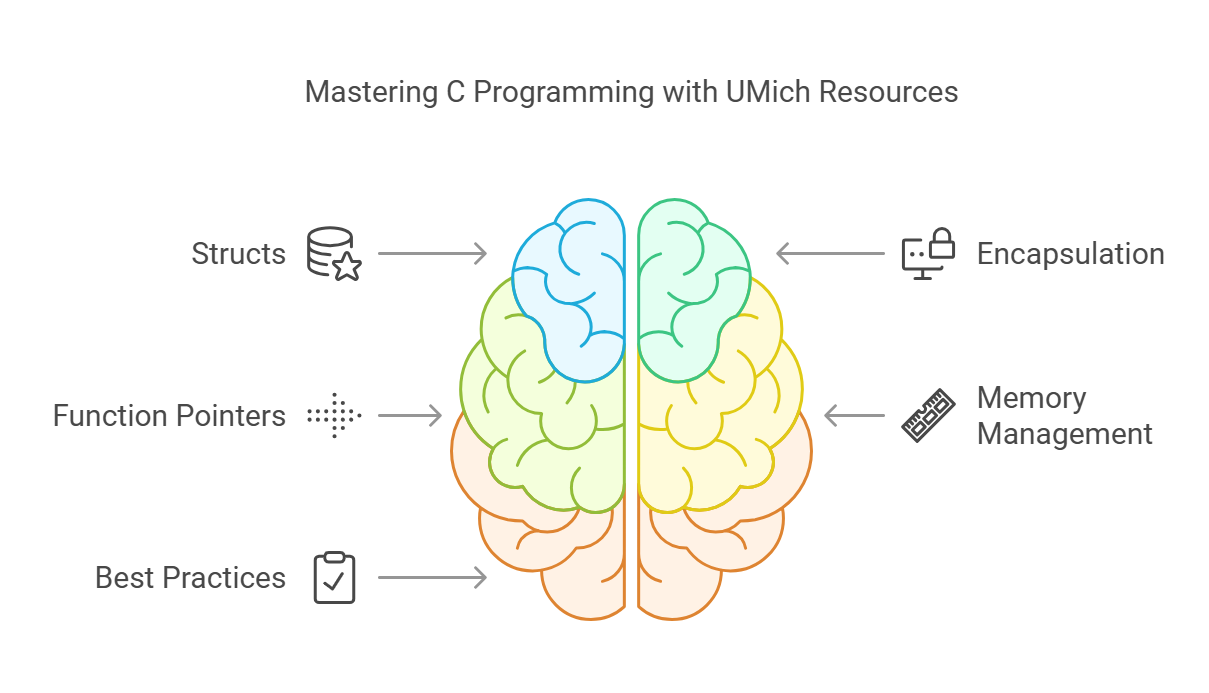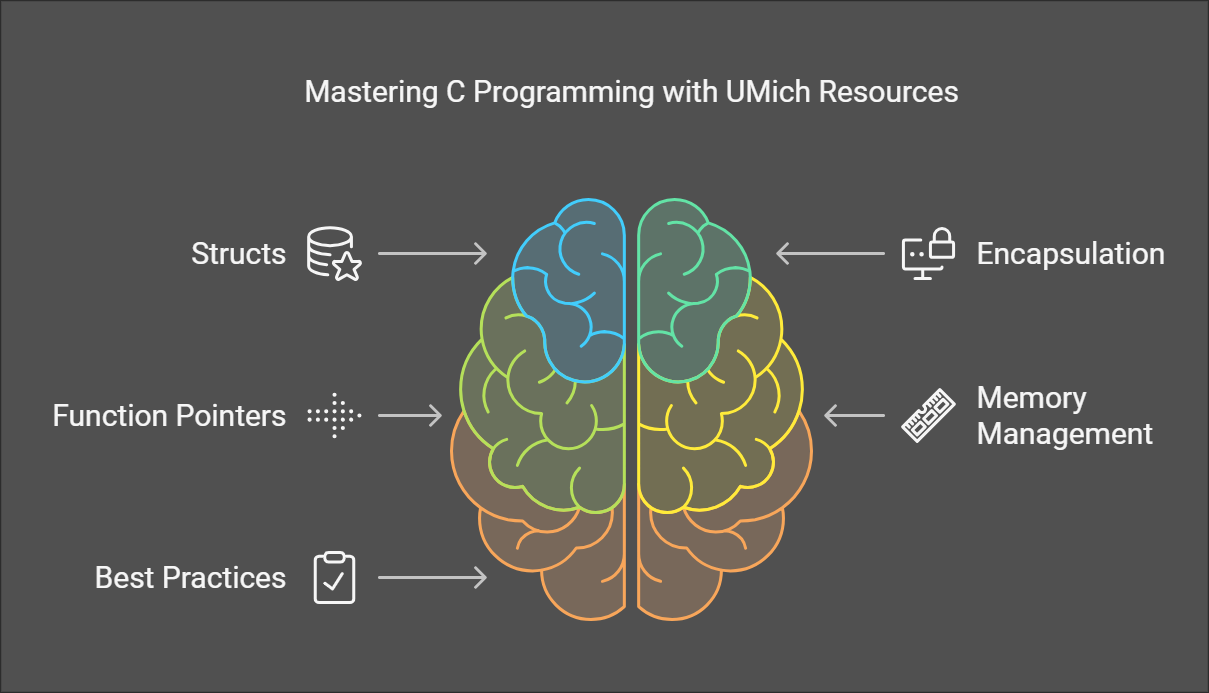Learn how to build objects in C using UMich GitHub resources. This guide covers structs, encapsulation, function pointers, and memory management. Includes FAQs and best practices.
Building Objects in C A Guide Using UMich GitHub Resources
C programming is a foundational skill for anyone looking to excel in software development or systems programming. Among the essential aspects of mastering C is learning to build and manage objects effectively. The University of Michigan’s GitHub repositories provide excellent resources for learning this skill. In this article, we will explore the process of building objects in C using these resources, focusing on best practices and key concepts to enhance your programming proficiency.
What Does “Building Objects in C” Mean?
Unlike object-oriented programming languages like Java or Python, C does not have built-in support for objects. However, developers can simulate objects using structures (‘structs’), function pointers, and encapsulation techniques. Building objects in C involves:
- Defining Data Structures: Using
structto group related variables. - Encapsulation: Restricting access to internal data and exposing necessary functionalities through functions.
- Polymorphism: Simulating behavior changes using function pointers.
- Memory Management: Allocating and deallocating memory dynamically.
UMich GitHub: A Treasure Trove for C Programming Resources
The University of Michigan (UMich) GitHub repositories host a variety of tutorials, code examples, and projects that can help learners build objects in C. These repositories often focus on practical implementations, ensuring students gain hands-on experience.
Steps to Build Objects in C Using UMich GitHub Resources
1. Understand the Basics of Structures
- Structures allow you to group different data types into a single entity. For instance:
typedef struct {
int id;
char name[50];
} Student;
- Explore the UMich GitHub repository for examples of struct usage in real-world applications.
2. Use Functions to Implement Encapsulation
- Encapsulation ensures that data within a struct is not directly accessed. Instead, getter and setter functions manage interactions.
void setStudentID(Student *student, int id) {
student->id = id;
}
int getStudentID(Student *student) {
return student->id;
}
- Check out UMich GitHub projects that use this approach to manage complex data structures.
3. Introduce Function Pointers for Polymorphism
- Simulate polymorphism by assigning different functions to function pointers within structs.
typedef struct {
void (*speak)();
} Animal;
void dogSpeak() {
printf("Woof!\n");
}
void catSpeak() {
printf("Meow!\n");
}
Animal dog = { .speak = dogSpeak };
Animal cat = { .speak = catSpeak };
dog.speak(); // Outputs: Woof!
cat.speak(); // Outputs: Meow!
- The UMich GitHub repositories often include projects demonstrating this technique.
4. Dynamic Memory Allocation
- Allocate memory dynamically for objects using
mallocandfree.
Student *newStudent = (Student *)malloc(sizeof(Student));
if (newStudent != NULL) {
newStudent->id = 101;
strcpy(newStudent->name, "John Doe");
}
free(newStudent);
- Explore the UMich GitHub repositories for best practices in memory management.
5. Apply Concepts to Real Projects
- After learning the basics, dive into projects available in the UMich GitHub repositories. These projects, such as mini compilers, database systems, or games, provide practical scenarios where you can implement object-building techniques.

James Upwork Shopify App: Your Access to Freelance Talent for E-commerce Success
Best Practices for Building Objects in C
- Use Meaningful Names: Clearly name your structs, functions, and variables for better code readability.
- Avoid Memory Leaks: Always free dynamically allocated memory to prevent memory leaks.
- Document Code: Add comments to explain the purpose of structs and functions.
- Modularize Code: Separate struct definitions, function prototypes, and implementations into different files.
- Test Thoroughly: Validate the behavior of your objects through unit tests.
FAQs about Building Objects in C
1. What are the key advantages of using objects in C? Objects in C allow for better organization of code, improved readability, and easier maintenance. By grouping related data and functions, you can create modular and reusable code.
2. How does UMich GitHub help in learning C programming? UMich GitHub offers access to well-documented repositories with examples, tutorials, and projects. These resources are curated by experts to help learners grasp C programming concepts effectively.
3. Can we achieve true object-oriented programming in C? While C lacks built-in OOP features, you can simulate OOP principles like encapsulation and polymorphism using structs, function pointers, and dynamic memory allocation.
4. What are some common challenges when building objects in C? Challenges include managing memory, ensuring data encapsulation, and simulating polymorphism. Debugging can also be difficult without proper documentation and modularization.
5. Are there specific UMich GitHub repositories for beginners? Yes, UMich GitHub repositories often include beginner-friendly examples and progressively more advanced projects. Search for repositories with “intro” or “beginner” tags to get started.


